EBR charges a service fee to manufacturers to produce ebike reviews and videos. It’s the same flat fee for each bike, and it helps us to keep the site going while limiting ad clutter. We appreciate the opportunity to serve you with our opinions and data but respect your right to know that we receive compensation :)
The CUBE Touring Hybrid electric bike models strive to be efficient, functional, and approachable. While this review is primarily focused on the Pro 500, I did also see and test ride the standard 400 model, which uses a smaller battery and weaker motor for ~$400 less. If you’re interested in an ebike that uses reliable battery and motor tech, provides a range of sizes and frame styles, and can perform in any sort of paved environment, this could be an excellent choice. It’s available in two color schemes but both are more neutral and toned down than some of the other CUBE models like this. The darker paint is carried through to the suspension fork and blends with the black motor casing, cables are internally routed so they won’t stand out visually or get snagged when handling the bike, and the battery is surrounded by rack tubing which could support a trunk bag and panniers… completely obscuring it. My first reaction to the bike was that it looked really normal, almost boring. But, that’s exactly what made it appealing to a woman named Ellen who purchased the bike after I was finished reviewing it. She lives in a very hilly area, has a 15 mile daily commute, had been riding a traditional bicycle before this and wanted something that looked like a normal bicycle. She said that it felt more streamlined than some of the other options. This is what I would consider a “feature complete” electric bicycle because it comes stock with all of the major accessories you’ll need for inclement weather and nighttime riding. The 700c wheel size is exactly what you’d expect on a road or city bike but the tires are slightly wider for increased stability and comfort. They have puncture protection built in, along with reflective sidewall stripes that increase your visual footprint from the side. Plastic fenders and a short plastic chain cover help keep you dry and clean while a basic suspension fork and suspension seat post keep you comfortable. Integrated LED lights allow you to see and be seen, with the rear light positioned out of the way if you do add bags and the headlight pointing where you steer. I love that all three frame styles (high-step, mid-step, and wave step-thru) include bottle cage bosses and noticed that the downtube was reinforced with a gusset and connected to a double chain stay in the rear. This adds a bit of weight but reduces frame flex and makes the bikes more responsive and stable. Weighing in at ~54.5 lbs, I would consider the Touring Hybrid Pro 500 to be very lightweight compared to its peers. I also think it’s a bargain at $3,199 and feel that CUBE has built a reputation around value-priced electric bikes that are still engineered well. This was reinforced by feedback that Joe Witherspoon (the owner of Motostrano in Redwood City, CA) provided during my visit. He said he appreciates the quality that CUBE offers and carries them as an alternative to Haibike and Felt, which also use the Bosch drive systems heavily.
Driving the Pro model is a Bosch Performance Line CX motor that’s usually reserved for electric mountain bikes. This thing produces up to 75 Newton meters of torque compared withe 63 Nm on the standard Performance Line Cruise or 48 Nm on the 2017 Active Line Cruise (used on the base model Touring Hybrid 400). The CX motor is very responsive and can power you up to a maximum assisted speed of 20 mph more quickly than any of the other Bosch products, but it also produces more noise and drains the battery faster. For someone like Ellen who navigates large hills on a daily basis, this motor is a wonderful choice. Keep in mind that the lower levels of assist can still feel smooth and will operate more quietly, but this motor was really designed for rigorous use. By contrast, the Bosch Active Line Cruise feels almost unnoticeable in the lowest level of assist and I usually opt for Sport and Turbo (the two highest settings) even on the flats or gentle inclines when test riding. Both motors respond to three signals as you ride: rear wheel speed, pedal cadence, and pedal torque. The motor controller listens for this data 1,000+ times per second and is even smart enough to detect pedal strokes and isolate them from shifting pressure changes. When it detects shifting, the controller reduces motor power in order to minimize impact on the chain, cassette sprockets, and derailleur. This feature is called shift detection and Bosch ebike systems are one of the only mainstream products available in the US to offer such a thing (Yamaha, Shimano, and Brose motors currently do not). Given the 9-speed drivetrain here, you may be shifting gears frequently, and the derailleur is just one step up from base-level in the Shimano groupset family so it’s nice that the motor, powerful as it is, won’t be overpowering it. It’s also nice that the Bosch CX motor can provide higher RPM pedaling support so you don’t actually have to shift as frequently in order to achieve a wide range of speeds on the bike. The motor provides up to 120 RPM assistance whereas, the weaker Active Line motor just goes to 100 RPM or 105 with the newer Active drive units released in 2018. Note that in mid 2017 Bosch released an optional firmware update which changes how the CX motor performs, transforming one of the four levels of assist (Eco, Tour, Sport, Turbo) into eMTB mode, which allows you to ride in one single power level but receive a range of power support based more on pedal torque. This eMTB mode replaced Sport mode and worked pretty well during my times testing it on actual electric mountain bikes. The demo CUBE Touring Hybrid Pro 500 model shown here had not been updated to this new firmware.
Powering the bike, it’s backlit display, and both lights is a high-capacity Bosch Powerpack 500 in rear-rack configuration. It slides onto a sturdy track that’s built into the lower portion of the carrying rack and there’s a handle molded into the back of the battery box, so it’s easy to pull off and carry around safely. I’m regularly impressed with the compact size and relative lightweight of Bosch batteries, and going from the older 400 watt rack design to the new 500 only saw a 0.4 lbs increase despite offering ~25% more capacity! Both the Powerpack 400 and 500 batteries work with the same battery track and plug interface, so you could hypothetically buy two completely different CUBE models (or any Bosch powered ebike with a rear rack battery) and swap the batteries, or maybe carry the Powerpack 400 to extend a ride! This is one of the less obvious but very rewarding features of Bosch powered electric bikes. Their systems tend to stick around and be interchangeable, including the battery chargers. As great as the rear-rack battery is on its own, it does position weight higher up and towards the back of the bike. This contributes to frame flex, especially on the wave and step-thru models, but CUBE has done a great job of minimizing it. I didn’t feel a lot of flex or speed wobble when test riding this bike but only got to ride the high-step and mid-step models, so I welcome your feedback on the wave deep step-thru. Had they opted for a mid-frame Bosch Powerpack design, there wouldn’t have been as much space to step-thru and they might not have been able to squeeze in those bottle cage bosses! There’s always a trade-off to consider, but the good news is that the rear rack design doubles as a cargo platform. The battery can be charged while mounted to the bike or you can unlock and take it off for safe keeping (away from extreme cold and heat). The battery box has an LED indicator built into the side which provides some basic feedback about charge level, even when it’s off the bike, and Bosch warranties their packs for two years or 1,000 full cycles (whichever comes first). So many of the cheaper electric bikes I see are not backed up by warranties and do not offer ongoing battery production, so your bike might still be in decent shape but the company could be selling only their latest designs whereas Bosch seems to follow the automotive model of supporting products for 10+ years. It does cost a bit more up front, but if you ride every day and use your bike like a car, it could be well worth it.
Operating the CUBE Touring Hybrid models is easy to learn and comfortable to do, even while riding. Before you can turn the bike on, you must charge and mount the battery pack. Make sure the pack has been pushed all the way forward into the battery dock and locked into place, you should not leave the key in the bike while riding. Next, press the power button at the lower left corner of the Bosch Intuvia LCD display panel, mounted at the center of the handlebars. The display blinks to life quickly and is easy to read from afar because it’s one of the larger displays on the market right now. It’s actually one of my favorite control panels for e-bikes because it uses an energy saving monochrome design that is backlit with a faint blue LED vs. being super bright and colorized. The top left shows your battery capacity with a five-bar infographic, the center shows current speed in MPH or KPH, and the right shows your chosen level of assist and a little motor power meter. You can navigate through the four levels of assist by clicking the remote button pad, mounted near the left grip, and I love how easy to reach, consistent to click, and comfortable this pad is. The center has a little rubberized mound with an i on it and the up and down buttons have a + and – icon. You can very quickly get to the point where clicking for more or less power is so easy and predictable that you don’t even have to look down… but again, for those who want to experiment with eMTB mode, you basically change the second highest “Sport” level of power to eMTB and then you can set it and forget it and focus purely on steering and shifting the nine gears. That little i button I mentioned earlier is duplicated on the right side of the Intuvia panel and it allows you to cycle through trip stats that appear near the bottom portion of the screen. There’s a trip meter, odometer, max and average speeds, a timer, and a range calculator. Range is fun to experiment with because it factors in the battery charge level, your last mile of riding, and the chosen level of assist to approximate how far you can expect to go. It’s much more precise and useful than the little battery infographic (which I wish showed 10 bars or a percentage). You can enter into the settings of this display by holding the Reset and i buttons simultaneously and that’s where units can be adjusted. You can also operate both of the lights by pressing the light icon at the lower right corner of the Intuvia. There are not blinking or low/high settings for the lights, they just turn on and off. Finally, one of the neatest parts of the Intuvia is that it can be completely removed from the bike for safe keeping, just like the battery, and you can even repurpose the mount for your smartphone using the recently-acquired COBI system from Bosch. If you want to use your phone or other portable electronics with the Intuvia, that’s possible too, because you can charge from the Micro-USB port on the right side of the display while the bike is powered on. This is a feature that is not present on the more compact Bosch Purion display used on many competing products.
All things considered, I like the direction that CUBE took with their Touring Hybrid models. It’s wonderful to have some choice in size and color while still getting quality components and drive systems at a reasonable price. Yes, the lights are a bit basic (the headlight is mounted to the fork arch and may bounce as you navigate bumpy terrain), and the spring suspension fork is pretty cheap (it only offers preload adjust under the plastic caps, no compression adjust or lockout), the derailleur is just one step up from base level but at least it has 9-speeds and trigger shifters vs. a big thumb shifter. These are the areas where the bike compromised a bit in my opinion, but they still kept the weight down and opted for a great set of tires and one of the nicest motor, battery, and display options around. As I said before, the Pro 500 model is almost overkill in my mind because smooth paved streets usually don’t require as much effort and power as the Bosch CX motor is able to provide. If you ride this bike thoughtfully, the drivetrain will allow you to be very efficient and the components will hold up over time because of the smart self-protection software. Your body will also hold up thanks to the two suspension points, gel saddle, and locking ergonomic grips. You’ll be mostly clean and dry (the front fender doesn’t extend quite as low as some competing products), and you’ll be able to ride however you prefer… spinning fast with the 120 RPM support or relying on eMTB mode to determine power output based on your pedal force vs. some pre-determined setting. Joe told me that he and his friends will do ~75 mile rides around Lake Tahoe that only require one charge stop (during lunch) to top off the packs, and that they usually choose ebikes like this one which can carry cargo and offer efficient rolling but balance it out with comfort. I want to thank him again for sharing two of the similar CUBE Touring models back to back and also to CUBE for partnering with me on this post. Their support makes it possible to travel and stay at different locations when I do my reviews and my goal is always to be as objective and detailed as possible to empower you to make a good purchase decision. As always, I welcome feedback here and in the CUBE Ebike forums.
Pros:
- All of the different frames (high-step, wave, and mid-step) are feature complete with integrated plastic fenders, a plastic chain cover, lights that are powered by the main battery pack and operated through the main control panel, a rear rack with bungee loops and pannier blockers along the sides, and bottle cage bosses! so many times the wave and step-thru frames just don’t get the bottle cage bosses so I love that here
- Even though both of the frames have a rear-rack battery (which positions weight up and towards the back vs.
low and center) they felt pretty stiff, the step-thru in particular has a large gusset near the motor mount and a double chainstay design to reduce frame felx - You gain some efficiency and reduce weight with slightly narrower tires and the large 28″ 700c wheel diameter but sometimes this can be less comfortable than wide high-volume tires at lower PSI (these tires offer a good range of 55 to 85 PSI)… so it’s great that the bike has a suspension fork, ergonomic grips, a suspension seat post, and a gel saddle
- Five frame sizes and three frame styles (high-step, mid-step, and step-thru) mean that more riders will find a perfect fit for their body and ride style, the high-step and mid-step frames will be stiffer and stronger but could be difficult to mount for people with knee and hip sensitivity
- Great hydraulic disc brakes from Shimano, the front rotor is larger (180 mm) because that’s where much of your stopping power comes from as weight shifts forward, the levers provide adjustable reach which can make them easier to control if you have smaller hands or are wearing gloves
- In my opinion, the Bosch CX mid-motor is almost overkill for an efficient city bike like this! it will feel zippy and make hills easier to climb without requiring as much shifting, it will also eat through the battery faster and make more noise than a standard Performance Line unit, consider the Touring Hybrid 400 with the Active Line motor for smoother operation, lower torque, and also a smaller battery capacity which reduces weight and lowers the price to $2,799
- I like that the Bosch centerdrive controller can detect your pedaling motion and separate it from shifting pressure, it’s able to automatically ease off when you shift gears which helps to prolong the life of your chain, sprockets, and derailleur unit
- Nice kickstand, it’s positioned far back enough that it will stay out of the way if you are backing the bike out (because the cranks automatically turn when this happens) and it also has some adjustability in length, the stand is directly under the rack which has extra weight from the battery and possibly cargo
- I’m a big fan of the Bosch Intuvia display panel because it’s so large and easy to read, you can also remove it for safe storage and it has a Micro-USB port built in for charging your phone or other portable electronic device
- The battery charger for this bike offers faster 4 Amp charging so you can get out and ride more frequently, this is nice considering that the CX motor uses power more quickly
- You get the high-capacity Bosch Powerpack 500 battery here vs. the 400 and that’s great considering the reasonable $3.2k price point, the battery can be removed for storage away from the elements (extreme heat and cold can be hard on it) and I believe the mount for this pack is backward compatible with the older Powerpack 400 if you already have one and want to extend your range or ride back to back
- I like that CUBE is selling exclusively through a tight network of dealers who are trained on the equipment and provide good warranty support, you get 2+ years on everything (unless you cycle the battery like crazy) and Bosch ebike systems are known for being very reliable with easy to replace parts
- It seems like the rear rack is positioned far enough back that the saddle can be lowered all the way (though it will still be ~3 inches above the seat tube because of the suspension post design)
- All of the frame colors are a bit darker and have internally routed cabling so you get this blending affect between the frame, paint-mached fork, black wires, and dark grey casing on the battery and motor that looks good
- The tires are more premium and feature puncture protection lining built in so you shouldn’t get flats as easily, I like that both wheels have quick release so if you do need to perform some maintenance on the go, it’s not so difficult to do (just make sure you lock the wheels when you park at a rack, maybe by using a long cable)
Cons:
- I love that this ebike has reflective tires and integrated lights that run off of the main battery, the rear light is positioned out of the way so you can put a trunk bag or panniers on the rack without blocking it, but the headlight is mounted to the fork bridge and may bounce as you ride over bumps (creating some movement in the beam pattern)
- Apparently some of the CUBE electric bicycles don’t come with pedals… your shop should be able to help you pick some out and may even include them, it’s just an extra step and a bit abnormal in the space, but I’m sure it helps to keep the price low and might make shipping easier as well
- Minor gripe here, because I think the frames handle it well, but there’s more weight up high and far back because of the rack battery pack, this pack is also heavier than the mid-frame battery that Bosch offers, the high-step frame could have used a mid-battery but CUBE has many other comparable models to choose from that do this, so it’s fine… this design direction also makes room for the bottle cage bosses on all models
- I was a little surprised to see Shimano Altus component group for the derailleur because it’s just one step up from the base level Shimano Tourney, but the 9-speed cassette is great and at least it comes with trigger shifters vs. the big index thumb shifters on other cheaper bikes
- The suspension fork is a little basic, it’s a spring fork which tends to weigh more than air and it only has preload clickers under the caps vs. a compression slider with lockout

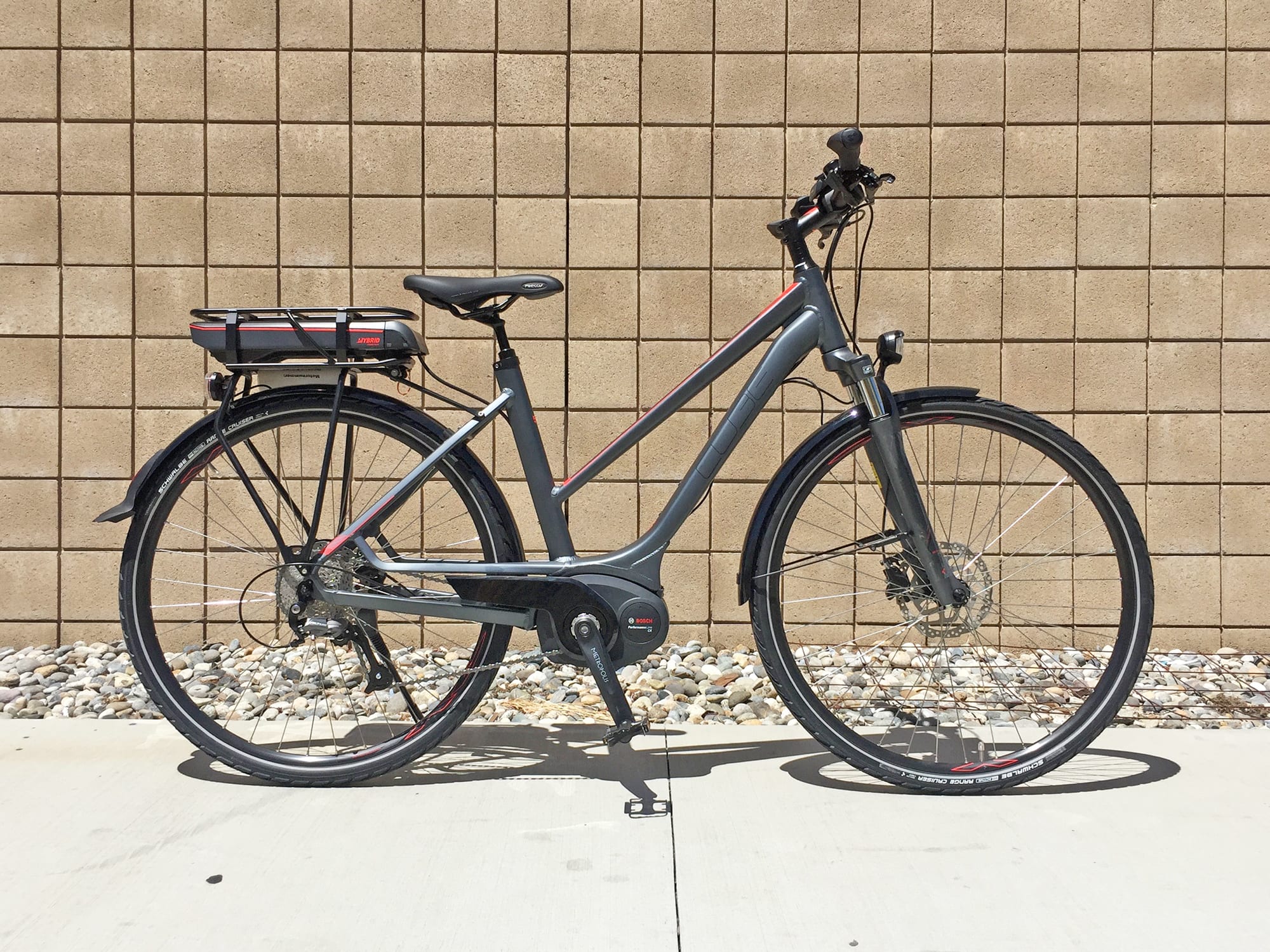
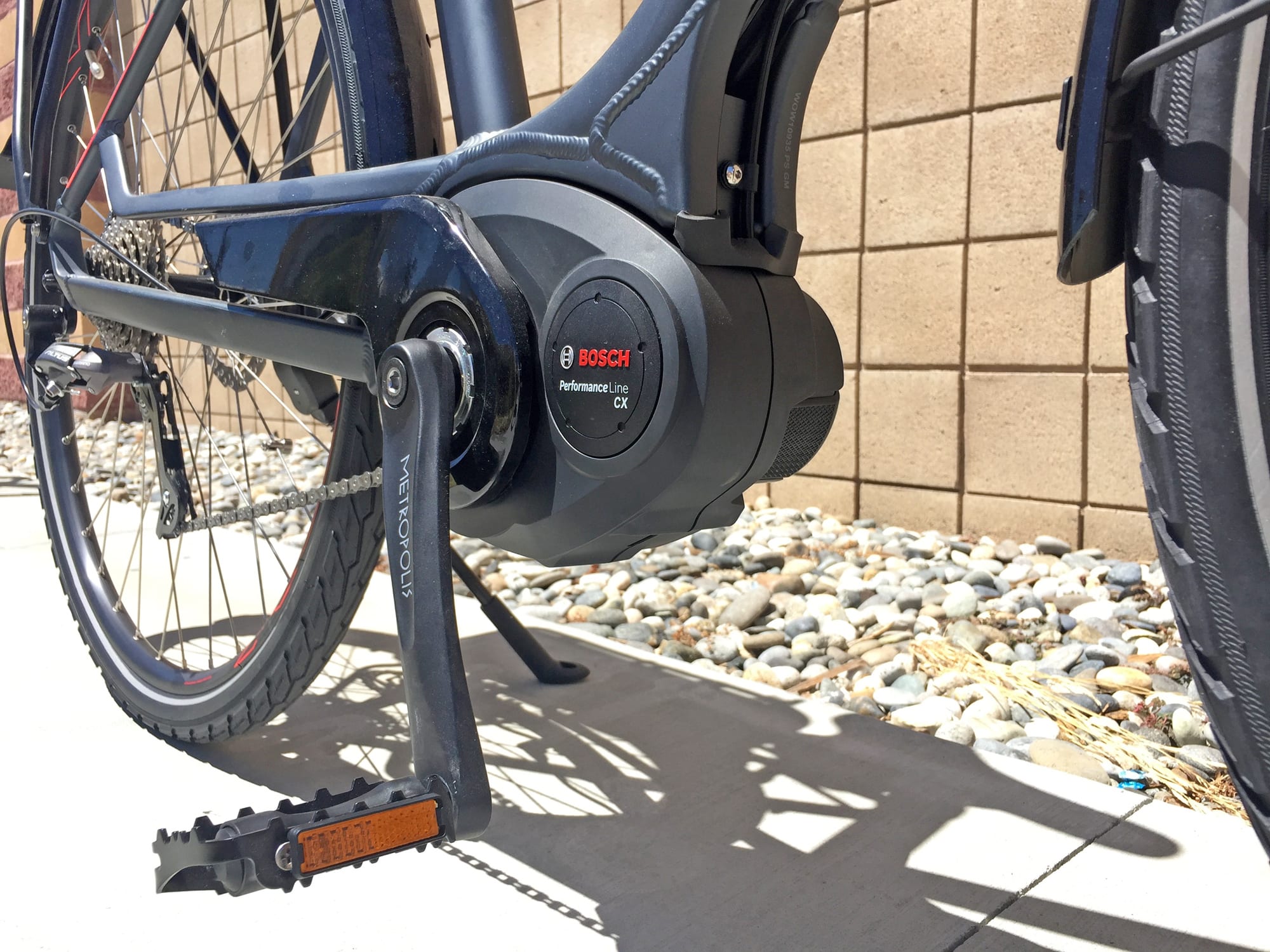

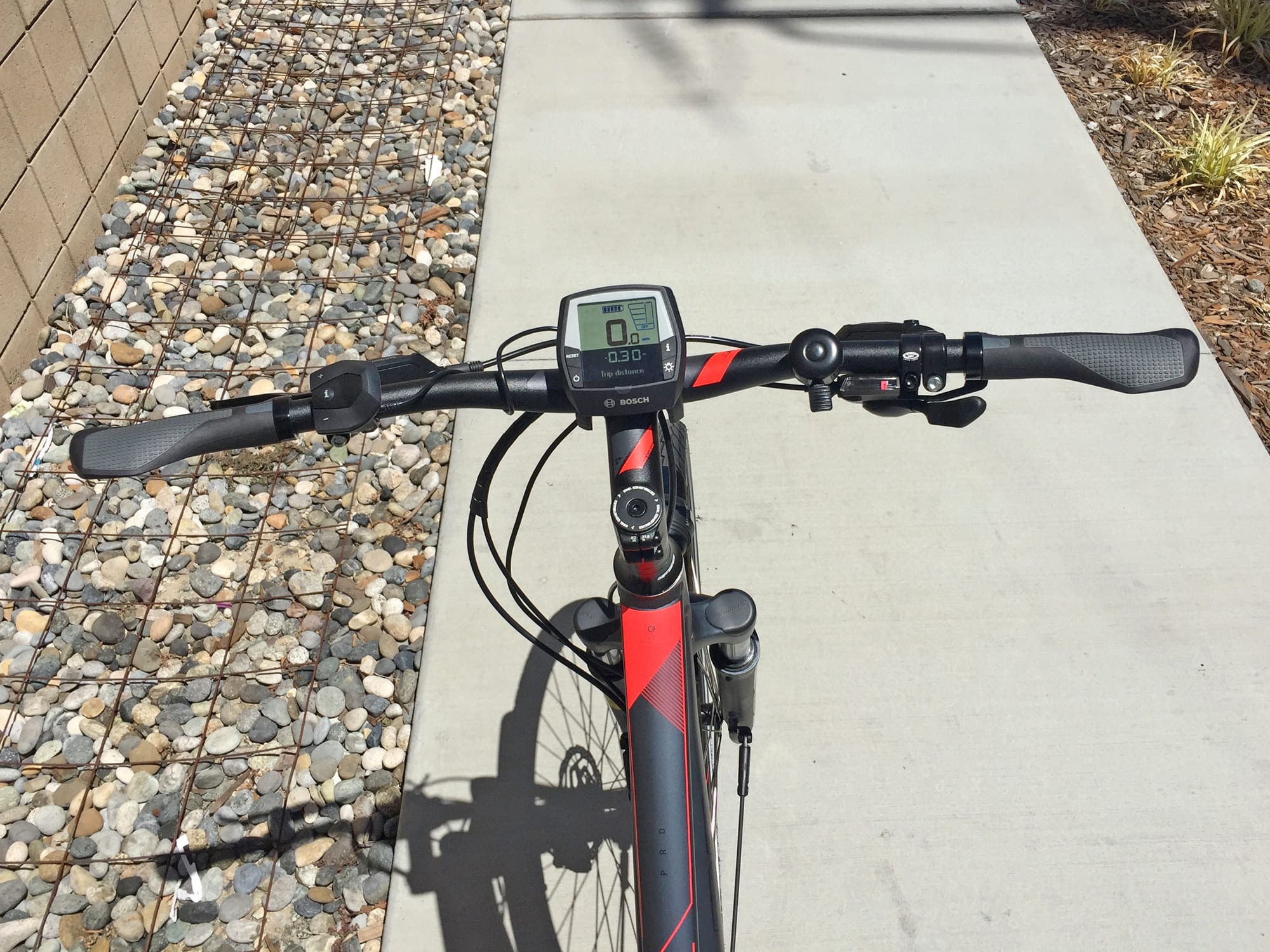
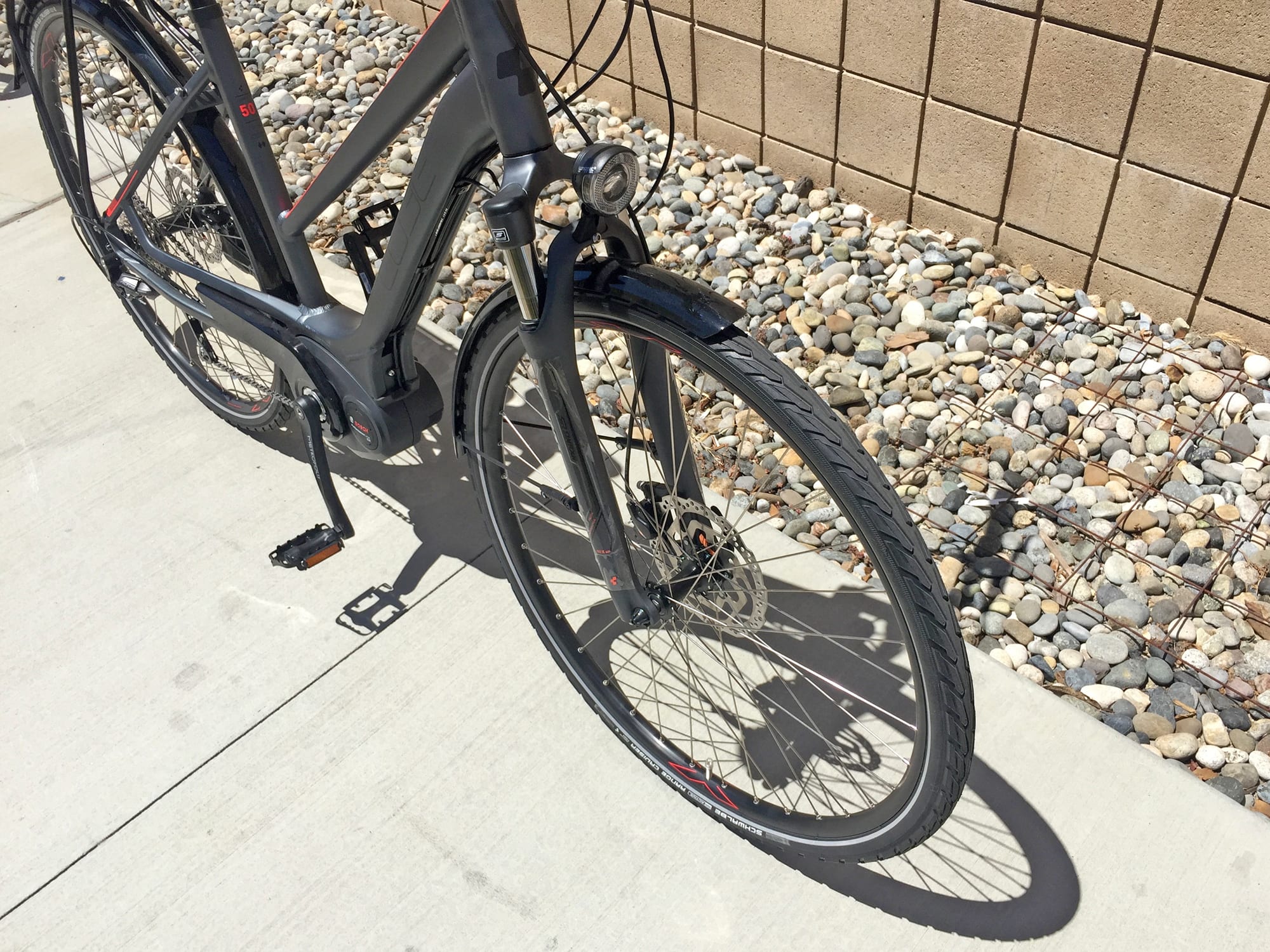


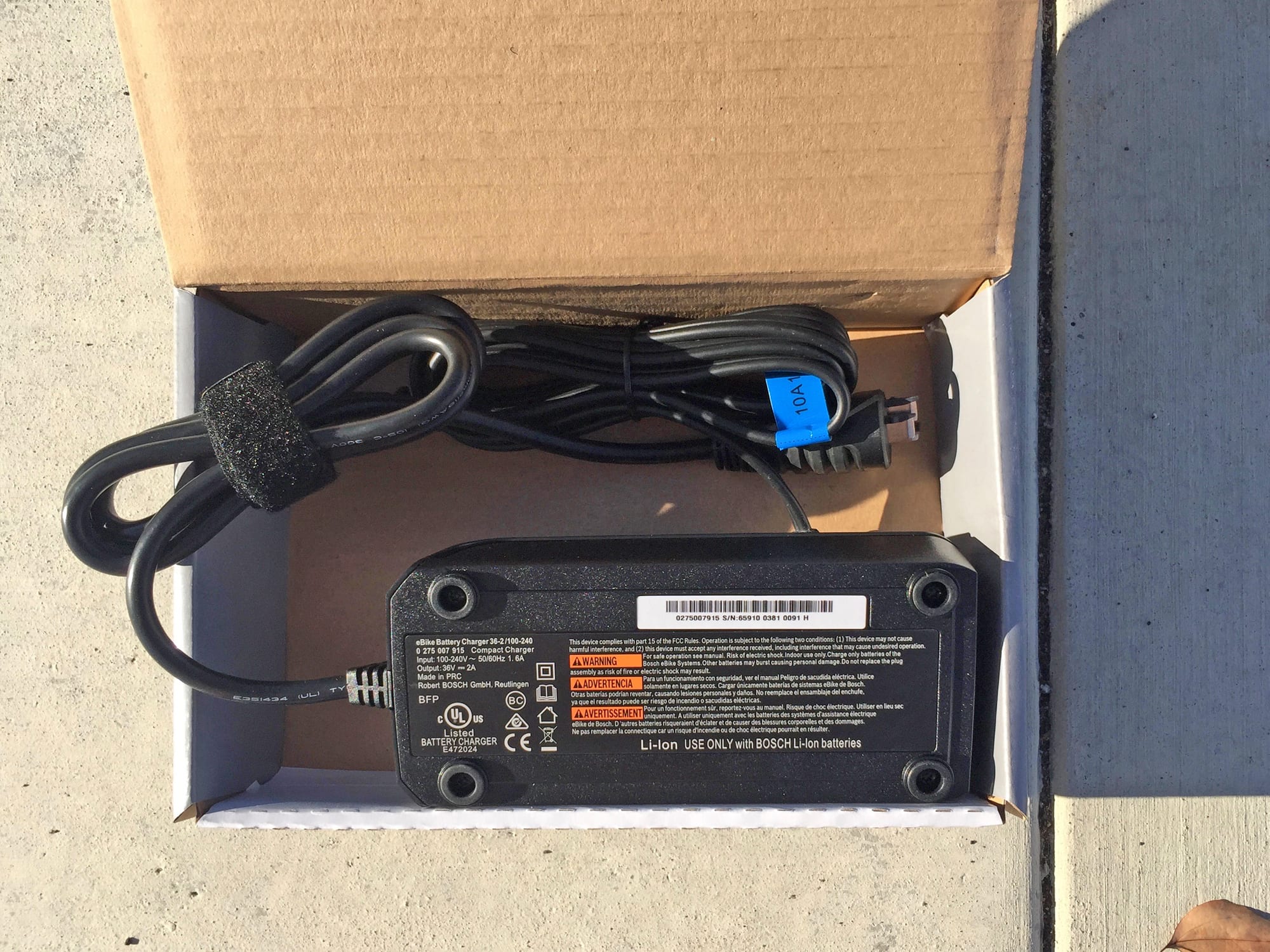

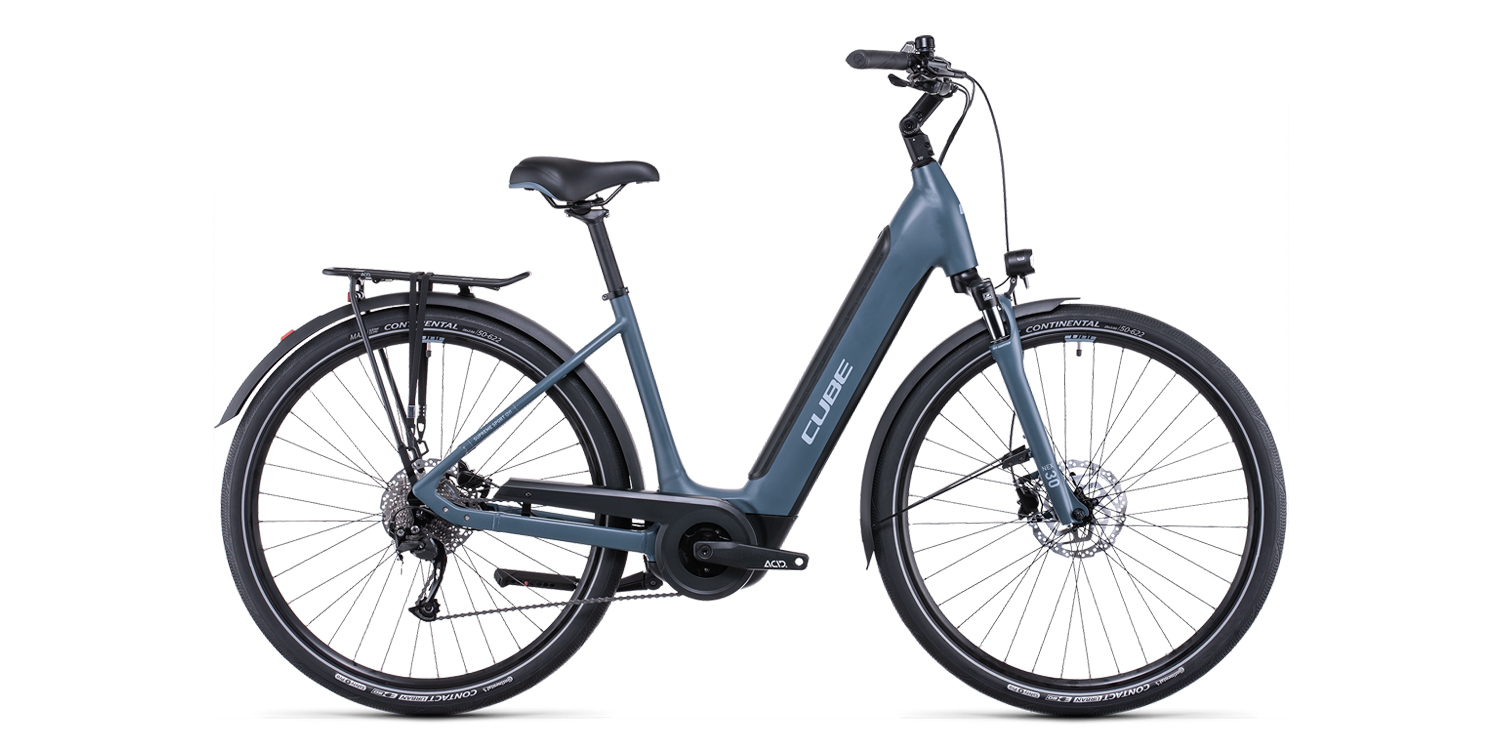
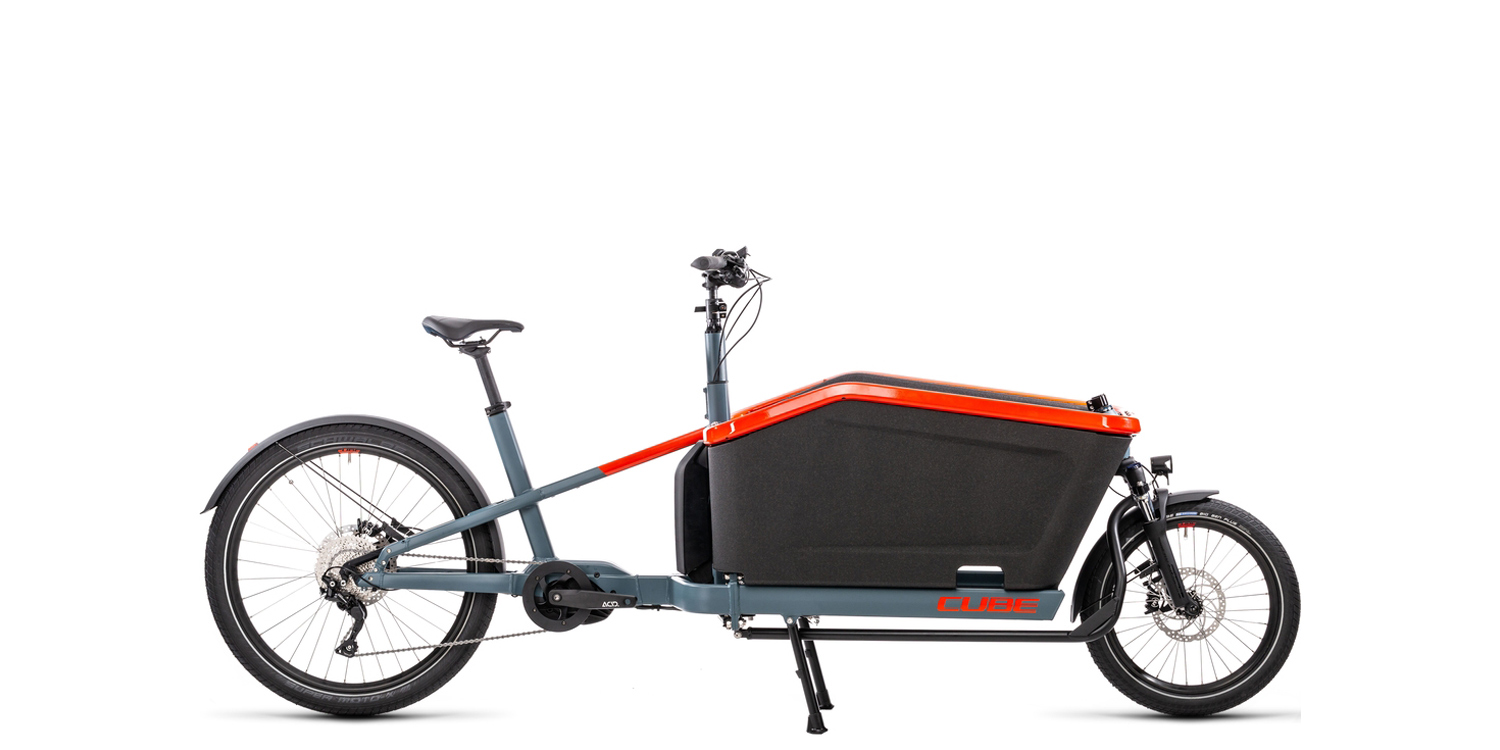

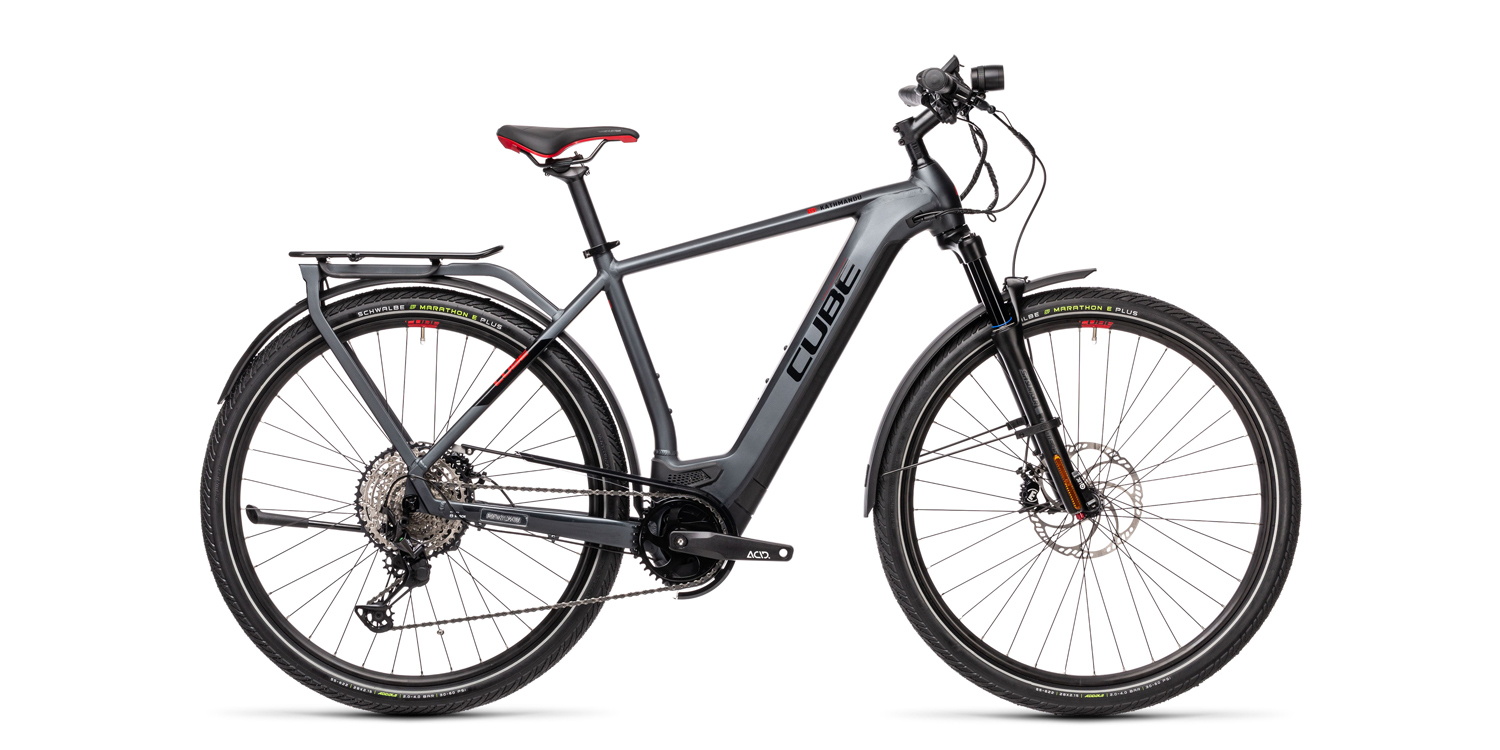
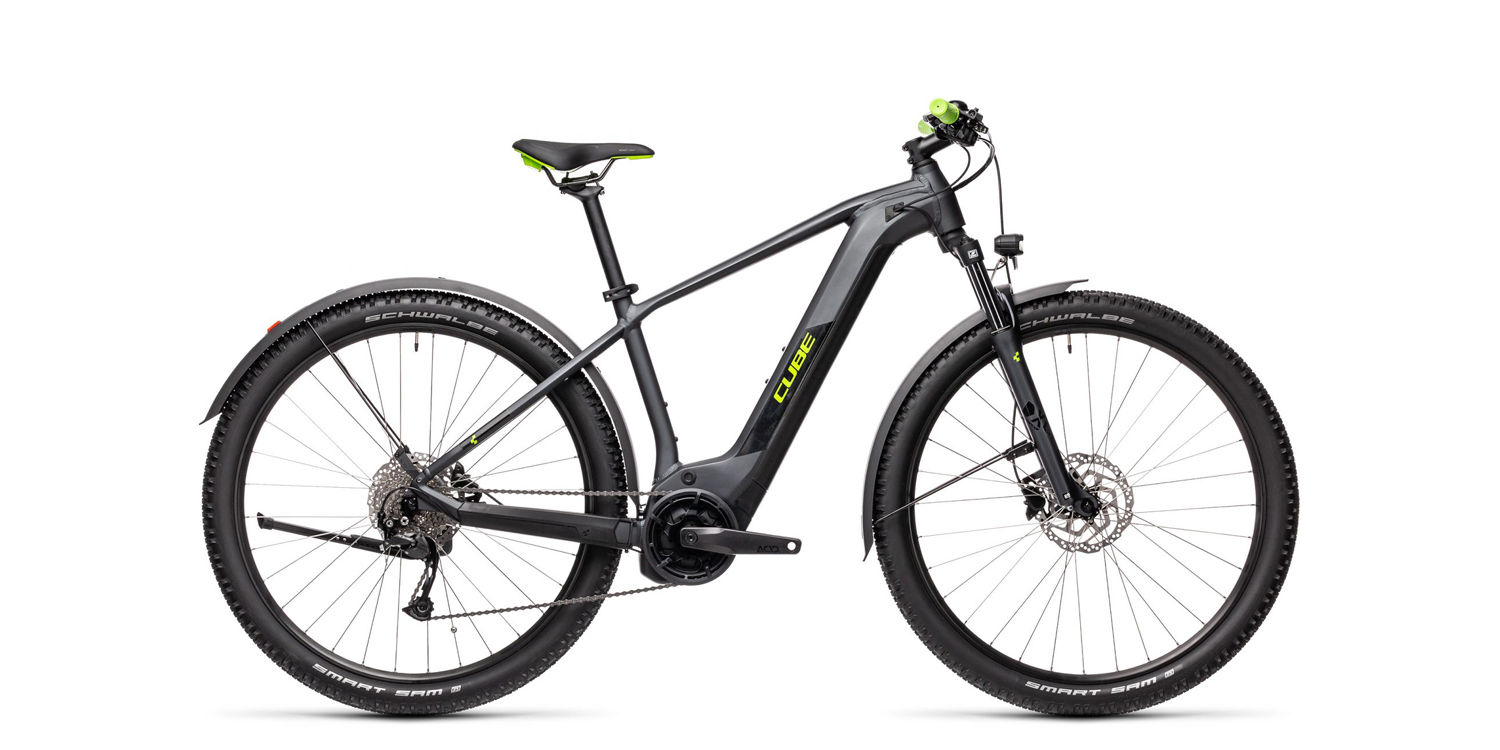
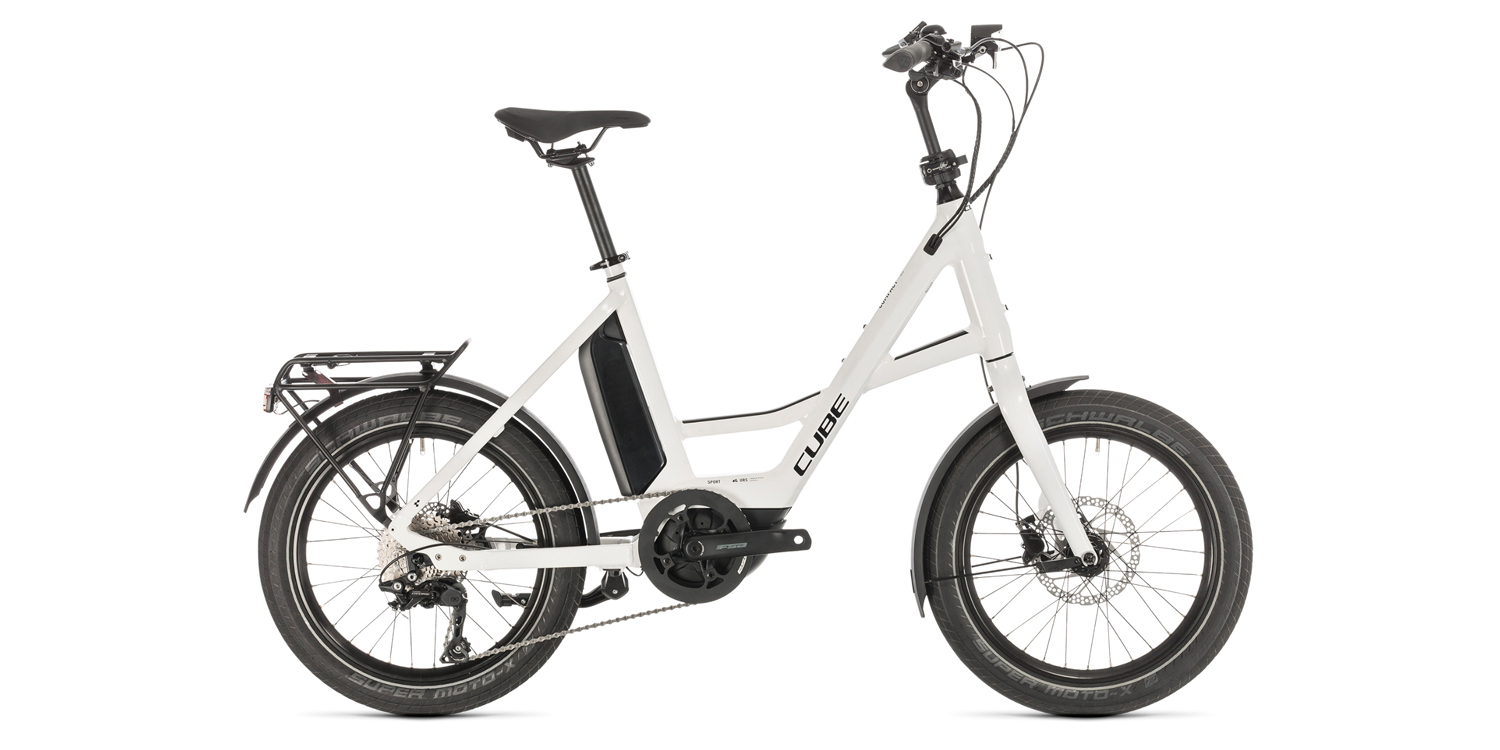
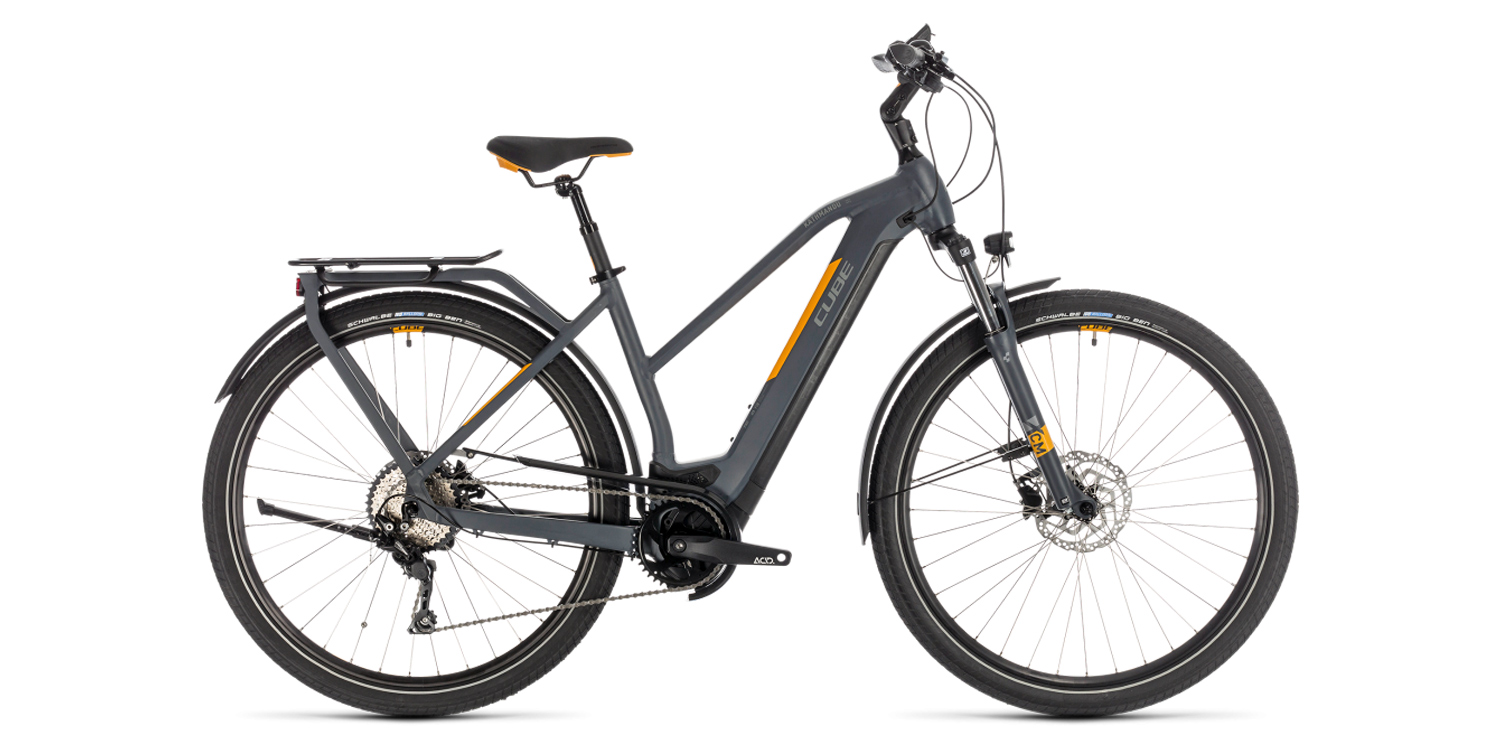
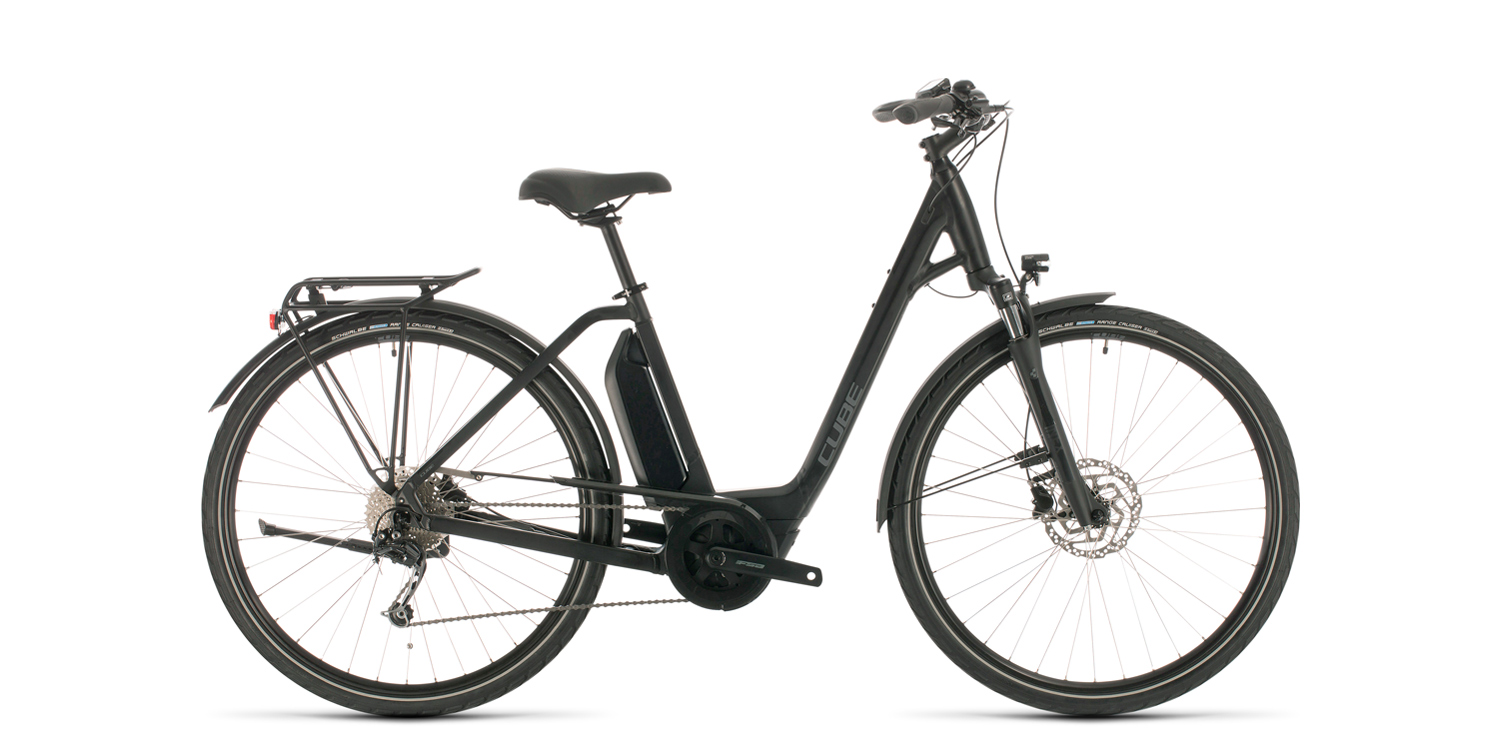
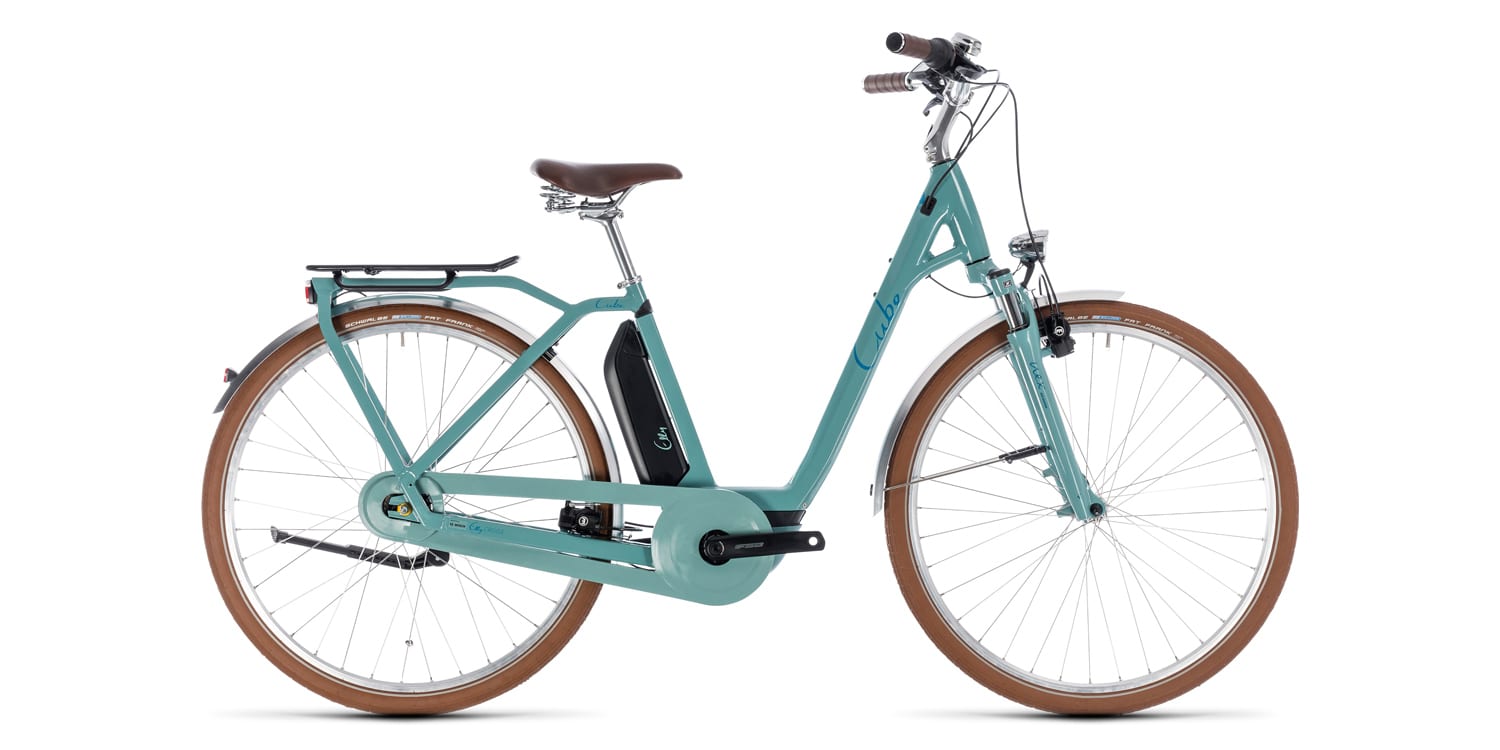
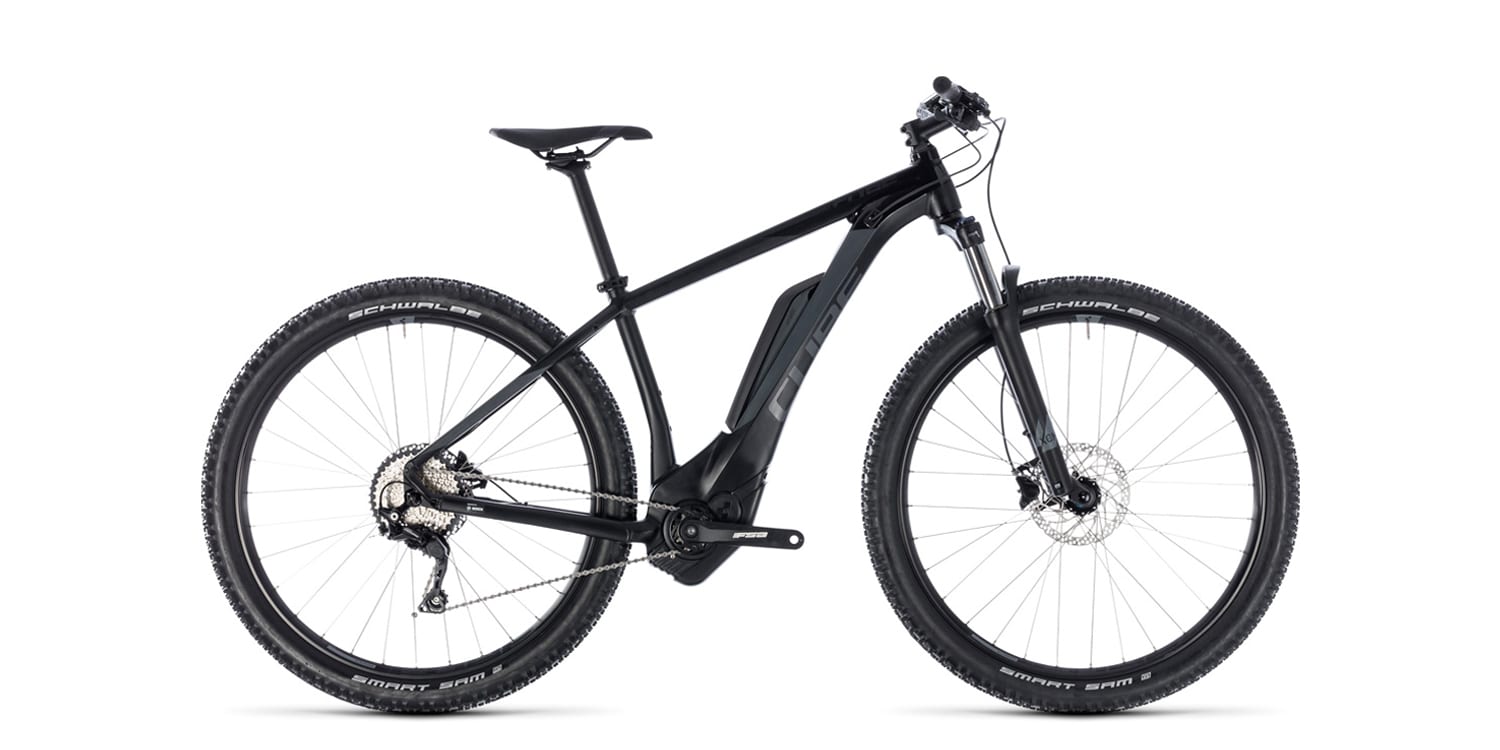
Reader Interactions